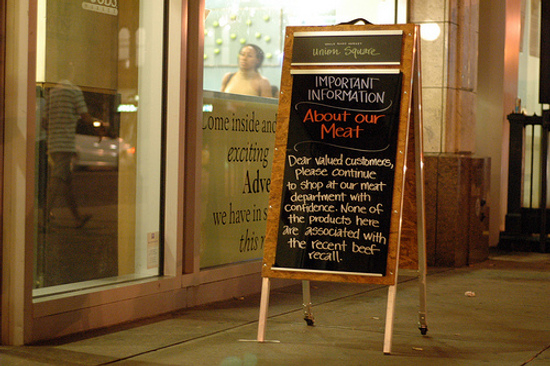
The wonders never cease! In a record-breaking year of food recalls, it turns out some food corporations aren’t willing to sacrifice all that lost cash and swallow the tab. How do they make the economic blow of losing tons of food (literally) more tolerable?
They’ve been repackaging and redistributing recalled foods.
Last week, the FDA issued another warning about eating California Prime Produce or Orange County Orchards brand pistachios.
Why?
California’s Orca Distribution West Inc. had received and repackaged the pistachios after they’d been recalled for possible salmonella contamination.
So, here’s a question for you:
Do you trust your government and food companies to produce safe and healthful foods?
IBM asked this question last week, and got some not-so-startling answers. Apparently, if you expect the food you buy at the grocery store to be safe, you’re in an ever-shrinking minority. Less than 20% of U.S. consumers trust that the food they get will be clean and safe.
I don’t know about you, but this is one of the few instances in my life where I stand in the majority.
According to the IBM survey, “77 percent of consumers want more information about the content of the food products they purchase, and 76 percent would like more information about its origin. 74 percent are willing to dig deeper and seek more data about how the food products are grown, processed and manufactured.”
Consumers want to know where their food comes from.
This is good news, folks. With movies like Food, Inc. pulling away the veil of secrecy, we can only hope that more people will begin asking real questions about the origins of their food.
Who grew it? Where? Under what circumstances? Can I trust them?
It’s an opportunity we must seize.
With more than 40 food recalls in the month of June alone, the season is ripe. The public is growing frustrated, and is starting to demand accountability.
Unfortunately, we can’t even trust our government to pass real food safety reform. They seem intent to put a band aid on a fundamentally flawed system.
Up until now, solutions tend to look like this:
1) They tell you to cook EVERYTHING!!! (Even foods we have a long tradition of consuming raw — like milk, cream, butter, sour cream, and cheeses.)
or
2) They come up with some new technology-based industry to kill all the pathogens in the foods rather than simply cleaning up their act. Remember, this is how we got pasteurized milk. Rather than forcing filthy urban dairies to practice more sanitary milking, storage, & distribution, we got laws requiring milk to be pasteurized. Now, rather than feeding cows grass (their natural diet), we’ve created a multi-billion dollar industry washing leftover animal bits in ammonia and turning it into hamburger meat “filler” that gets mixed into a whopping 70% of the hamburgers sold in this country in order to “protect” the patties against e-Coli contamination.
or
3) They try to pass NAIS or a system like it, in order to more easily trace foods back to their origins. Unfortunately, this doesn’t actually make our food safer. NAIS is simply a burdensome tracking system for AFTER the food born illness spreads. NAIS makes sense for large-scale farms moving tens of thousands of heads of cattle, but for a small producer serving a local, limited market, the law makes no sense at all since that kind of direct farm to consumer channel is easily traceable. And yet how will NAIS be implemented? As it stands now, large-scale operations will be allowed to tag entire groups of livestock while small-scale producers will have to tag each individual animal, essentially driving the small scale farmer out of business due to excessive costs.
None of these are real solutions.
So, what can you do to ensure the safety of your food? The answer’s simple. Eat REAL food, traditionally prepared.
(photo by laramdame)
 |

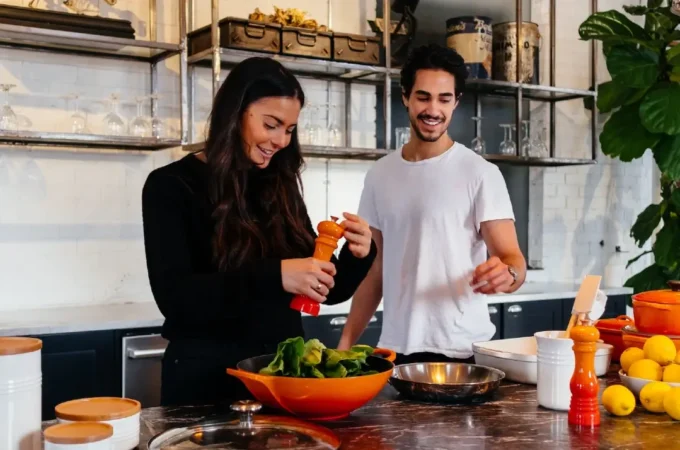

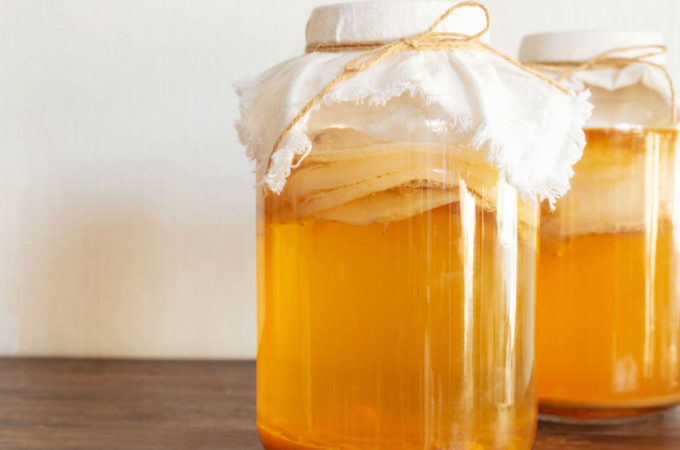


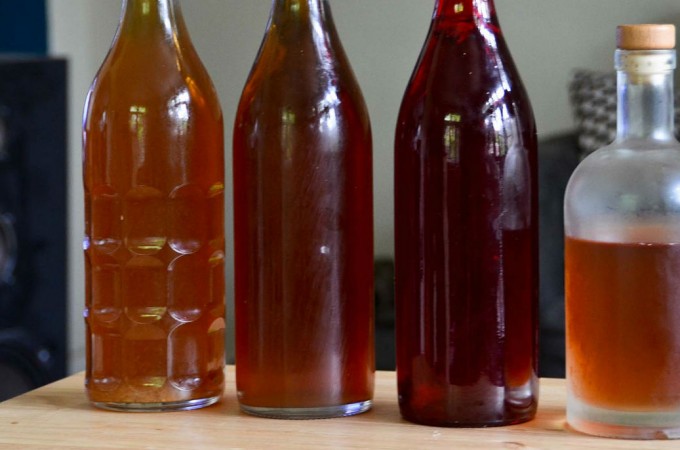

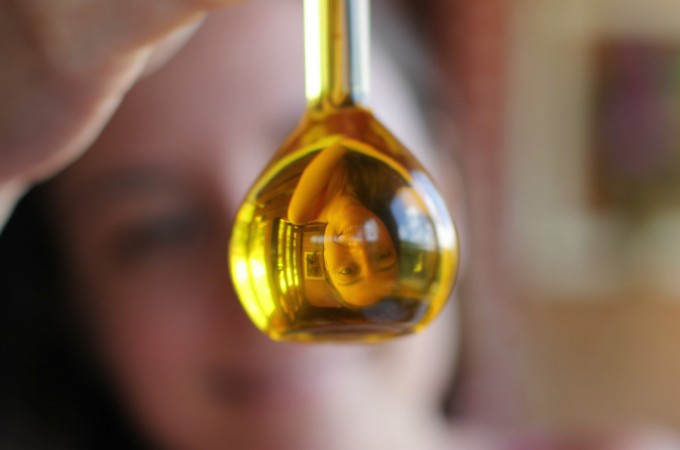

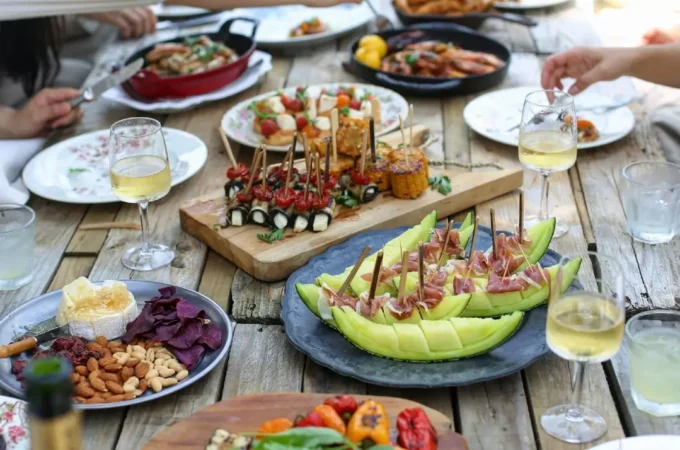
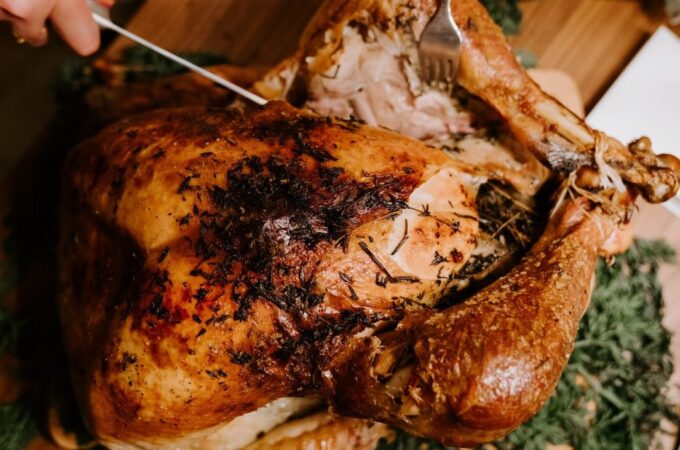


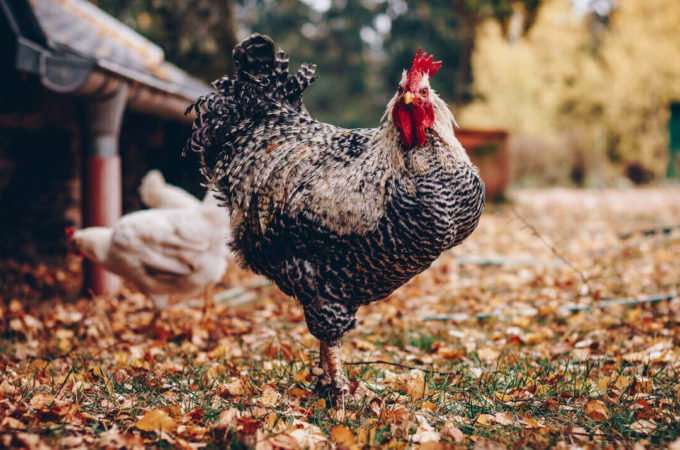

I totally agree – eat REAL FOOD. But what about those real foods that are raw, like milk, cheese, etc. Can I trust Whole Foods brands when it comes to recalls?
Oh brother, what a bunch of sleeze balls. They’re only in it for the money, they don’t care who they hurt. Tomorrow hubby is guest posting on my blog about creating a more sustainable society and food system. I love it when he rants about this crazy stuff!
Shannon
Shannon — Can’t wait to read it.
Janella — One condition of the food being REAL is that it’s sustainable, organic, and local. If it’s local, the solution is easy — you talk to the farmer, tour their farm, ask them questions, and decide for yourself whether or not you feel comfortable consuming their foods raw.
Great post! Yes, it is time to eat local, sustainable, real food! We haven’t yet given up our coffee or organic bananas, but 90% of what we eat is unprocessed, traditional, local food. Our meat, milk, and eggs come from heritage breeds. We grow our own vegetables and support our CSA farmers and farmer’s markets. Do I spend more time cooking and shopping than my coworkers and friends? Yes. Is it worth it? Absolutely! We enjoy our food more, socialize with our foodie friends and farmers, and savor the most delicious meals. We know exactly what we are eating and where it comes from. Life is good.
Cathy Payne
Thanks for mentioning the problems with NAIS, which I’ve been battling for years along with many other farmers, homesteaders and consumers (see http://NoNAIS.org for those who are unfamiliar with it). The big solution is to buy locally. Your neighbors are less likely to poison you.
Kristen,
Would you like to have a weekly or monthly food safety column on US Recall News? It’s not a paid situation, but you could reference your site and your efforts. I have posted on subjects like NAIS before and wouldn’t mind seeing more editorial content on the site.
Let me know if you are interested. I like what you have to say.
Regards,
Everett S.
Editor/Owner – US Recall News
http://www.usrecallnews.com
Everett
I want to declare to the world of hamburger meat buyers out there that I know for an absolute fact that Wal-Mart is repackaging expired meat in their pre-weighted packages sold at Wal-Mart Super Centers. I have been noticing that the burger meat when I open the package at home and peel off the top layer has a second layer of dark, smelly meat (obviously tainted or at least well expired) stuck in between two layers of fresh meat. I am guessing that most people empty a one pound package straight into the pan and do not notice that it is tainted in the middle. I purchased 8 packages from Wal-Mart in Oakland, MD over the past month, and all were tainted exactly the same. I do not believe that meat could possibly start to go bad in the center, never on top or the bottom, so this has to be intentional repackaging of expired meat by Wal-Mart. Allegedly all the meat comes from Regional packing warehouses; however, it may be that expired packages are opened and the bad meat is mixed in with fresh meat and repackaged at the local store level so that the store can maintain its gross profit percentages (while customers risk dying from e-coli in bad meat).